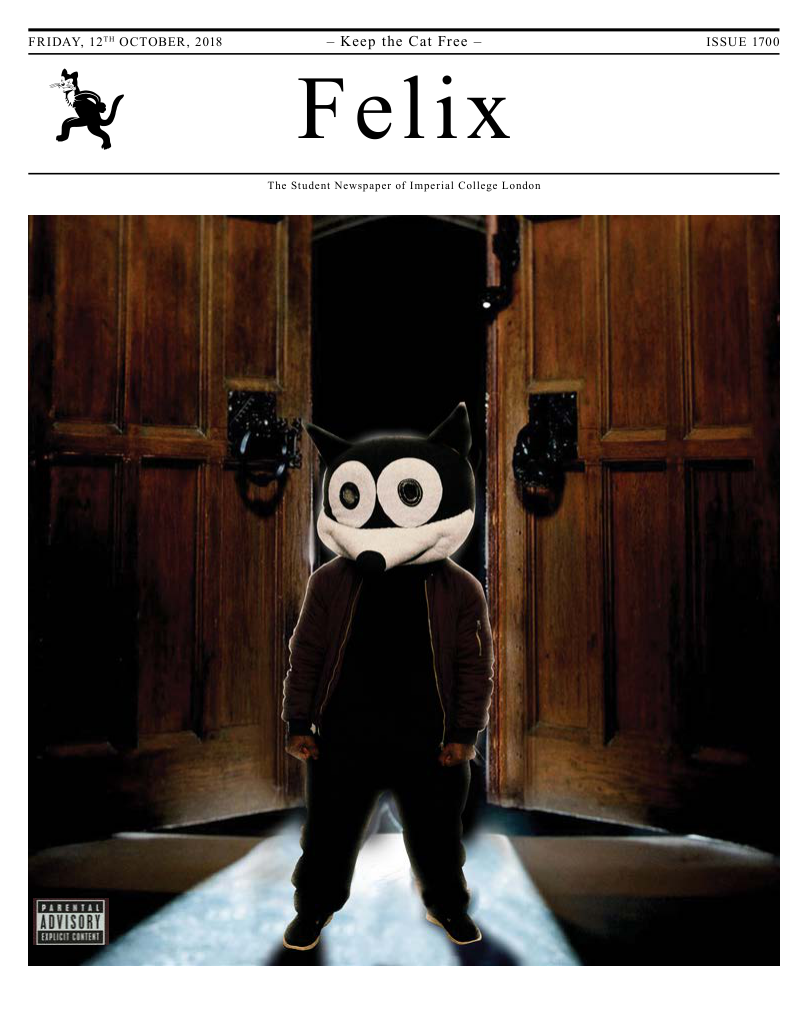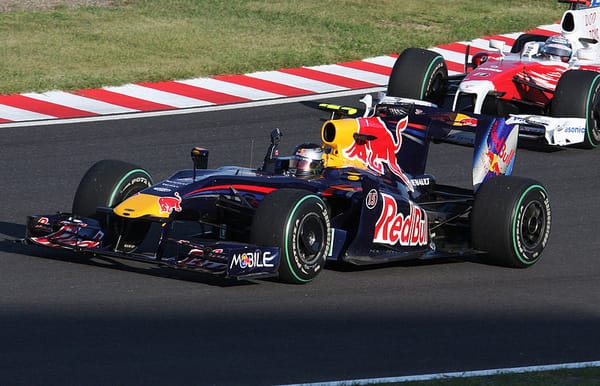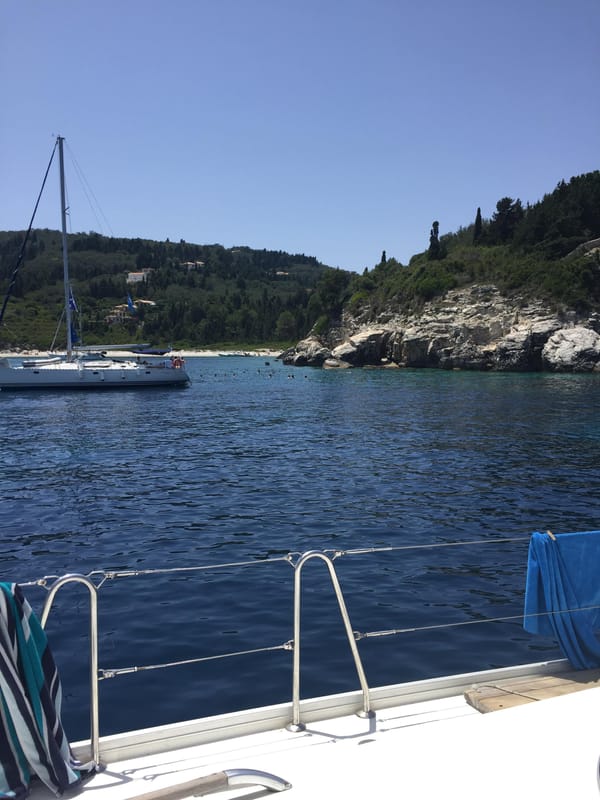UEFA Nations League: explained
With the second international break upon us, it’s time to find out what’s actually going on...

This week the Premier League takes a break and the second round of fixtures in the all-new UEFA Nations League are taking place, but what even is the Nations League?
News stories circulated back before the first fixture that England gaffer Gareth Southgate had tried to explain the new competition format to the team but the complexity went over the head of the likes of star defender Harry Maguire.
The competition sees the 55 UEFA national teams divided into 4 divisions (the “leagues”), based on their UEFA National Team Coefficient Rankings (England are currently ranked 7th). Due to the awkward number of teams under the UEFA umbrella, there are 12 teams in Leagues A & B, 15 in League C, and 16 in League D.
Within each league there are 4 groups, with 3 or 4 teams in each group. Each team plays every other team in their group both home and away with each league ending with 4 group-winners and 4 group-losers.
The groups were selected by drawing teams from pools based on the order of the team’s UEFA coefficients (e.g. for League A there were 3 pools of 4 teams with teams ranked 1-4 in Pool A, those ranked 5-8 in Pool B, and the 9-12 ranked sides in Pool C).
It is also worth noting that due to winter venue restrictions, a group in League C could contain a maximum of two of these teams: Norway, Finland, Estonia, and Lithuania. Similarly, due to excessive travel restrictions, no group in League D could contain more than one of these pairs: Andorra & Kazakhstan, Faroe Islands & Kazakhstan, Gibraltar & Kazakhstan, Gibraltar & Azerbaijan.
There are 6 matchdays for the Nations League, but as they have fewer teams, those in Leagues A & B will only play on 4 of these. This is why in mid-September England took on Spain and Switzerland in quick-succession, losing to Spain 2-1 in their first game of the Nations League whilst beating the Swiss 1-0 in a friendly rather than playing their second Nations League match.
After all the games have been played, each group-winner (excluding those in League A) is automatically promoted to the league above them, and each group-loser (excluding those in League D) is relegated to the league below them for the next tournament.
Additionally, the four group-winners of League A will qualify for the Nations League finals next June. This will be played in a knockout format with the two semi-final pairings selected from an open draw and the first-round matches followed by a third-place place-off and a grand final to crown the first winners of the UEFA Nations League.
The finals will be hosted by a randomly selected bidding nation from this final quartet. UEFA announced in March that Italy, Poland, and Portugal had expressed an interest in bidding before the August deadline, so as all three of these teams are in the same group (3) in League A it is likely that the winner of Group 3 will host the finals provided their bids fulfilled the criteria outlined by UEFA. This includes the preference for the finals to be played in two stadiums with a capacity of at least 30,000 and located in the same host city, or at least within 150km of each other.
The tournament is played over the months of September-November in even-numbered years, with the finals being held in June of the following odd-numbered year.
So how does this fit into qualifying for the 2020 Euros?
Well, European qualifying will go ahead as normal during March-November 2019 with the winner and runner-up of 10 groups qualifying for the Euros, filling 20 of the available 24 places in the final tournament. The Nations League is used to fill the final 4 places, with the play-offs taking place in March 2020.
The 4 highest-ranked teams in each league of the Nations League that do not qualify via the official qualifying will be put into 4 separate knockouts with the winner of each 2 game knockout securing one of the final 4 places at the Euros. In the case that there are fewer than 4 teams in a league that do not qualify for the Euros, the highest-ranked remaining team will be entered into that knockout.
The highest-ranked team in each of the semi-finals will host the match, with the host of the final for each of the 4 play-offs determined by a draw.
The rankings are based on position in the group then points, goal difference, goals scored, away goals scored, wins, away wins, disciplinary points, and finally coefficient ranking.
Does that all make sense? Good.
Time to get revenge against Croatia…









